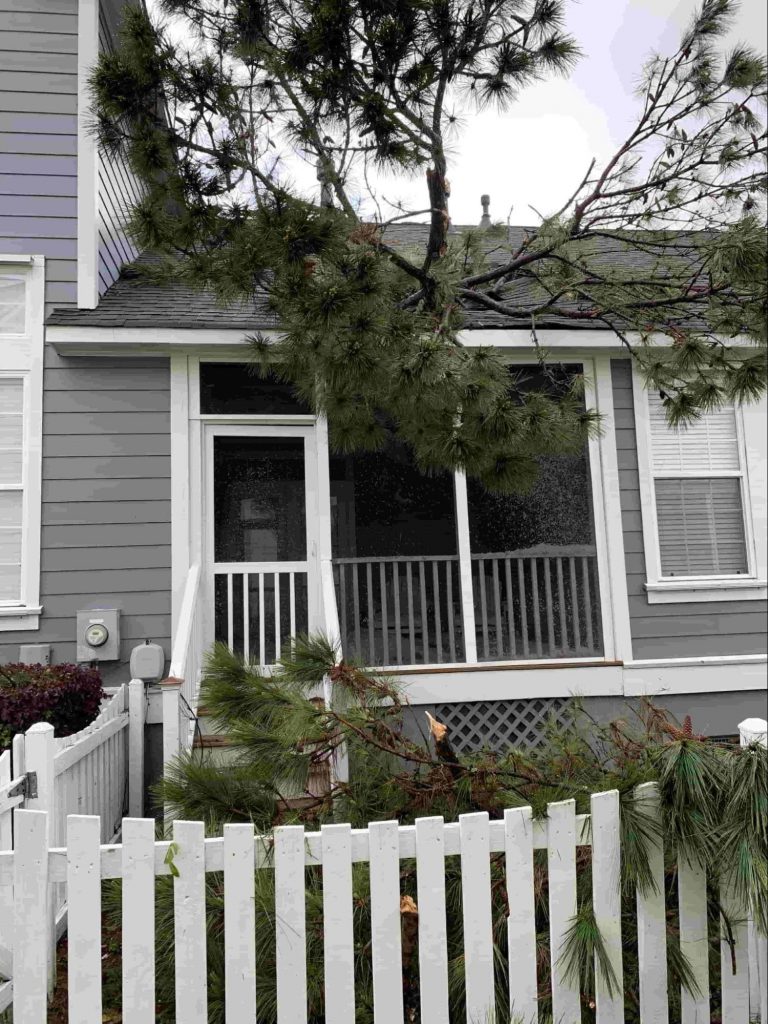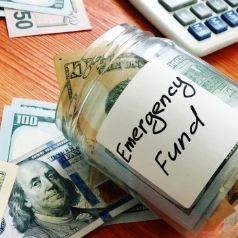<iframe style="width:120px;height:240px;" marginwidth="0" marginheight="0" scrolling="no" frameborder="0" src="//ws-na.amazon-adsystem.com/widgets/q?ServiceVersion=20070822&OneJS=1&Operation=GetAdHtml&MarketPlace=US&source=ss&ref=as_ss_li_til&ad_type=product_link&tracking_id=peaceinvesting-20&language=en_US&marketplace=amazon®ion=US&placement=0060555661&asins=0060555661&linkId=80f8e3b229e4b6fdde8abb238ddd5f6e&show_border=true&link_opens_in_new_window=true"></iframe>|<iframe style="width:120px;height:240px;" marginwidth="0" marginheight="0" scrolling="no" frameborder="0" src="//ws-na.amazon-adsystem.com/widgets/q?ServiceVersion=20070822&OneJS=1&Operation=GetAdHtml&MarketPlace=US&source=ss&ref=as_ss_li_til&ad_type=product_link&tracking_id=peaceinvesting-20&language=en_US&marketplace=amazon®ion=US&placement=1119404509&asins=1119404509&linkId=0beba130446bb217ea2d9cfdcf3b846b&show_border=true&link_opens_in_new_window=true"></iframe>|<iframe style="width:120px;height:240px;" marginwidth="0" marginheight="0" scrolling="no" frameborder="0" src="//ws-na.amazon-adsystem.com/widgets/q?ServiceVersion=20070822&OneJS=1&Operation=GetAdHtml&MarketPlace=US&source=ss&ref=as_ss_li_til&ad_type=product_link&tracking_id=peaceinvesting-20&language=en_US&marketplace=amazon®ion=US&placement=1119376629&asins=1119376629&linkId=2f1e6ff64e783437104d091faaedfec7&show_border=true&link_opens_in_new_window=true"></iframe>
[Editor's Note: Deadline alert! Today is the last day to sign up for the Zero To Freedom Through Cashflowing Rentals course that will help you find financial freedom. Thanks to the dual physician couple of Kenji and Leti, you can learn how to become a successful and confident direct real estate investor in this action-based seven-week course. As a bonus, WCI will throw in our Continuing Financial Education Las Vegas course that’s worth an extra $649. Have you wondered what it’d be like to overhaul your work-life balance while adding extra commas to your bank account? If so, sign up for the Zero To Freedom course today!]

By The Motivated M.D., Guest Writer
A few weeks back, a tree impaled my home. It’s true. My wife, my daughter, and I were all at home when it happened. In what follows, I will tell the tale of my chaotic night, an emergency evacuation, and the culmination of our hard work creating an emergency fund. Here is my story of fear, anxiety, recovery, and the financial power of an appropriately sized emergency fund. Here is the story of my emergency fund in action.
It Was a Dark and Stormy Night . . .
The day my home was wrecked started like any other. I'm a pulmonary and critical care physician, and I was rounding in the hospital when my phone notified me of severe weather alerts. I reside in the southeastern US, near the coast. We frequently get intermittent thunderstorms. Unless a hurricane is coming, I tend to roll my eyes. Often, they are nothing more than an inconvenience during my walk from work to my truck.
I continued on with patient care. Later, in a patient room, I overheard some nurses talking in the hallway. They were saying individuals needed to leave to pick up their children because schools were closing early in anticipation of the storm. What? Really? Looking out the window, there was hardly a cloud in the sky. This seemed like another southeastern overreaction to me.
As the day marched onward, the dark and ominous clouds set in, but I remained unimpressed. Probably just another intermittent shower. I finished my clinical work and headed out at roughly 6pm. A few minutes later than I would have wished, but a decent day nonetheless.
The Calm Before the Storm
By the time I arrived home, I still could catch my favorite part of the night—baby bath time! My infant played and shortly after went to bed. My wife and I then proceeded with our normal nocturnal routine. We had dinner, made some tea, and settled down on the couch to do work. Well . . . she was probably doing work. I was likely writing for my blog, The Motivated M.D.
As we approached 8:30pm, I noticed the rain picking up. It started hammering our windows. Gale force winds made the house creak and moan. Maybe this would be a decent thunderstorm, after all? As we continued sipping our evening tea, I decided to get a better look from the window. I set my glass down and headed to the window beside our front door. This gave me the best perspective down our windy street.
It was impressive. The wind was howling, and the rain was coming down horizontally. Only moments after I gestured for my wife to take a peek, everything went dark.
Bang!
A heartbeat after the lights went out, we heard a head-splitting “BANG!” My wife’s motherly instincts took over, and she bolted up the steps toward our daughter’s bedroom as I started scouting out the house. Fear set in instantly. I was scurrying to grab my emergency “go-bag.” I pulled out my flashlight and gathered the family into our half-bathroom on the first floor. Once all my loved ones (dogs included) were in the bathroom and safe, I ventured out to further inspect the home. The wind was continuing to press on the house. A particular hue of neon blue kept radiating through our blinds—not the normal white flashes associated with lighting. This light was coming from the destruction of transformers.
I checked all the windows first. Seemed fine. Then, I checked upstairs. Still nothing that jumped out at me that could explain the noise. Finally, I peeked out into our sunroom.
A Winter Wonderland
There was insulation everywhere, feet deep in some places. It looked like a winter wonderland. As my eyes slowly gazed upward, I saw it. A massive tree had pierced through our roof. The sharp portion of the tree (clearly severed off from high winds) punctured our home like a toothpick through an olive. I shut the door immediately, unclear if the damage was evolving. I hunkered back down with my family in the bathroom for a little bit longer, waiting out the worst of it.
When the noise seemed to pass, we slowly exited our makeshift shelter to further assess the damage. With the power still out, it was hard to make heads or tails of most things. As we spilled out onto the street, we were joined by dozens of neighbors doing the same. Minutes later, the fire department joined us, already starting to assess the downed power lines and the trees that had fallen.
I returned to my home to get an external perspective. Oh yeah. It was real. My home . . . got impaled . . . by a tree. I don’t even have trees on my property! Where did this come from? Turns out my next-door neighbor must have read my mind. “Looks like it came from over here,” he said. Sure enough, a tall pine tree from the opposite end of his property had been severed from the high winds. Following its splintering, it appears it was lifted, tumbled over his home, and came down on ours.
Devastation.
Assessing the Damage
With the storm still coming down, intermittent hail, a power outage, and a hysterical baby, we made the decision to evacuate our home and stay with family elsewhere.
The following morning, we returned to assess the damage. It was bad. Portions of the roof sustained pretty heavy injury from hail. There were shingles all over the lawn. The tree had pierced down through a portion of the attic where our hot water heater and air handler were housed. It was tangled up with our gas line. It then exited through the ceiling of our sunroom.
Here is a photo from the exterior of our home . . . a picture is worth 1,000 words:

I took a deep breath. Why had I assumed that this storm would be like all the others? I reflected on the past 24 hours. It had been a whirlwind of emotion. I found solace in the fact that everyone was safe and this situation was out of my control. I exhaled all my frustration and anxiety and got to work.
The following days were a blur of insurance claims, phone calls, discussions, quotes, estimates, and a lot of clean-up. I am fortunately surrounded by some of the most incredible family on the planet. With the help of my loving family, some really good friends, and the most supportive wife, we got through it. And here is the kicker:
I never once worried about the cost. Let me tell you why.
The Emergency Fund in Action
I have written about the importance of an emergency fund before—many times, in fact. But this is different. This time it comes from a place of experience.
This entire process was stressful. When you look at your home with catastrophic damage, it hurts. I was worried about my home’s safety. Would my family be safe continuing to stay here? I was worried about unseen dangers. Was the gas line damaged? Or severed? Was there a rogue electrical line just waiting to start a fire? All of these thoughts swam through my mind. What never crossed my mind was, “How will I pay for this?”
Years ago, my wife and I had started our personal finance journey. In all of our readings, there was a common theme. This theme read something like this: “No matter what you do, build an emergency fund first.” As you journey toward financial independence, you need to make sure you have a safety net. You need to protect against the unpredictable. An emergency fund of 3-6 months of living expenses is just that. It is insurance against catastrophe.
In a post called Emergency Fund: Your First Financial Goal, I talk in great detail about the importance of this.
Our emergency fund is approximately three months of living expenses. We keep this in a regular savings account we have with an online bank. The bank offers average interest rates, but the benefit lies in rapid transactions of money between accounts. These transaction speeds are helpful in, well, situations like this. Our emergency fund equates to a little more than $30,000. It has remained safe and stagnant for years now. Annually, there will be a minor draw from this account (i.e. car trouble, unexpected AC issue, etc.) However, we always replace what we take. We continued this practice year after year, always replacing, always prioritizing true emergencies.
More information here:
The 8 Best Places to Keep Your Emergency Fund
It Is Not Always Easy
Leaving this money alone is not always easy. There were times when we would have liked to utilize this money to achieve other financial goals. My wife and I have discussed using a portion of it to take a bite out of what remains of our (initially) $670,000 student debt balance. Other times, we have stared at our empty dining room and thought how easy it would be to siphon from our emergency fund to purchase a dining room table. Yet, we stayed the course. We protected our emergency fund. And thank God.
On the fateful night that our home was damaged, I worried. I worried about a lot of things, but I never worried about money. Writing a financial plan is incredibly important when building a roadmap toward financial independence. There are a few mile markers that must be passed on this financial path. One of the earliest and (arguably) most important is building a sizable emergency fund—and using it for just that . . .emergencies! Making sure you, and anyone you share your finances with, are on the same page regarding what constitutes an emergency is also critical. Like I said, it’s not always easy.

What Happened to My Home?
So, what happened to my home? Honestly, it went much smoother than I ever anticipated. The morning after the damage occurred, we got an incredible tree service out to our home where the tree was extracted without causing any further damage. The service evacuated that pine with surgical precision. It was really impressive. Shortly after that, a roofing crew came out, assessed the damage, and tarped the hole for us to prevent further damage. Which was great, because a hail storm crept in that evening. What’s the saying about kicking you while you’re down?
Currently, we are in the process of dealing with insurance claims, and we’ll see what all gets covered as it applies to repairs for the home. At this time, we suspect it will cost us between $15,000-$20,000 between replacing the roof, fixing the sunroom ceiling, getting new furniture, and fixing the fence.
Life Lessons
There were a few important lessons I learned from this experience. Never, ever, underestimate the importance of close friends and family. When all of this transpired, we were able to get a few family members out to our home within the hour. They never hesitated to help clean up or care for our daughter while we gathered supplies to evacuate the home for the evening. There is a certain security that comes with trustworthy friends and family nearby. This is something I have found you cannot put a price on. This is the reason so many are comfortable taking pay deductions to return home.
Secondly, it shouldn’t take experiences like this for me to recognize what is important. There was an unexpected sense of calm as we lay down in our family's home on the evening of the storm. I had my wife with me, my daughter, and my dogs—all of them spooked, none of them harmed. Knowing that I had finances prepared for such an occasion and that my family was safe was all that really mattered. What else matters?
However, as we began to clean up our home and patch the damage, I felt a bit ashamed of myself. I spend many hours a week fixating on finances. I enjoy it, especially writing and building resourceful material for others. It’s not work for me. Sometimes I have to remind myself to stop so that I can maximize time with family. My work-life balance is a “work-in-progress.” More importantly, it shouldn’t take a tree piercing through my roof to remind me how truly lucky I am. I have my health. My family is safe. The house can be fixed. It’s all going to be OK.
More information here:
7 Ways to Increase Your Savings Rate
Take Home Points
This experience has educated me and humbled me in more ways than one. From a personal finance perspective, it has driven home the importance of an emergency fund. The comfort and relief that an emergency fund can offer are worth more than the dollar amount it houses. True, we have used a hefty portion of our emergency fund to repair our home, but insurance will likely pay a majority of that. We will use that money to refill the emergency fund. Whatever deficit remains in the fund, we will prioritize replacing it. We usually do this by picking up a few extra shifts or diverting some of our overage payments away from student loans for a month or two.
Secondly, always remember what is truly important. Financial independence is an incredibly important goal. I do not wish to minimize that. Financial freedom can afford you the time to prioritize these important things. It is these “important things” that will ultimately bring you fulfillment in life. Like spending more time with family, telling them how much you love them, catching up with an old friend, or even just relaxing while the sun dips behind a beautiful skyline. Remember what matters.
Have you had an actual emergency where you found your emergency fund was much needed? How many months worth of spending should be in an emergency fund? Comment below!
[Editor's Note: The Motivated M.D., is a pulmonary and critical care physician practicing in academic medicine in the southeastern United States. This article was submitted and approved according to our Guest Post Policy. We have no financial relationship.]
The post My Emergency Fund in Action appeared first on The White Coat Investor - Investing & Personal Finance for Doctors.
||
----------------------------
By: Lauren O'Brien
Title: My Emergency Fund in Action
Sourced From: www.whitecoatinvestor.com/my-emergency-fund-in-action/
Published Date: Wed, 03 Aug 2022 06:30:23 +0000
Read More
.png) InvestingStocksToolsClubsVideosPrivacy PolicyTerms And Conditions
InvestingStocksToolsClubsVideosPrivacy PolicyTerms And Conditions
